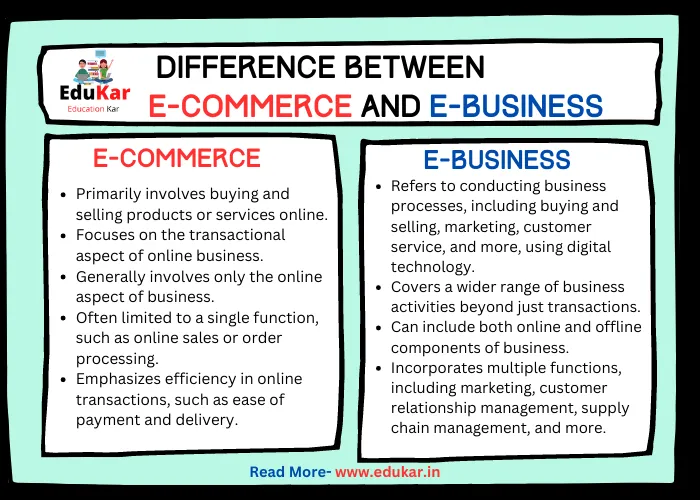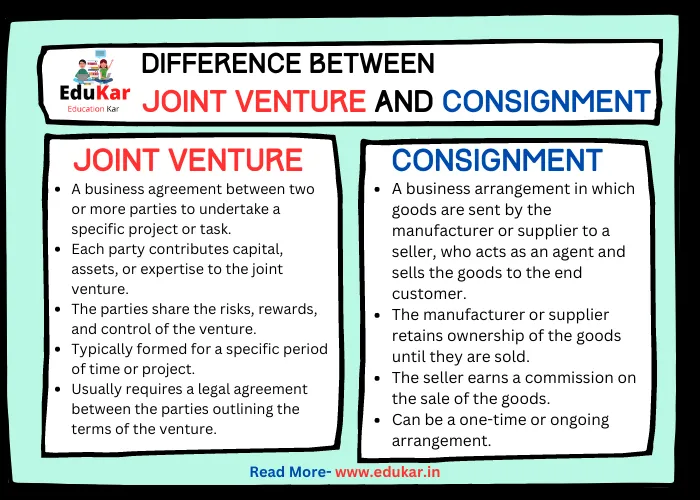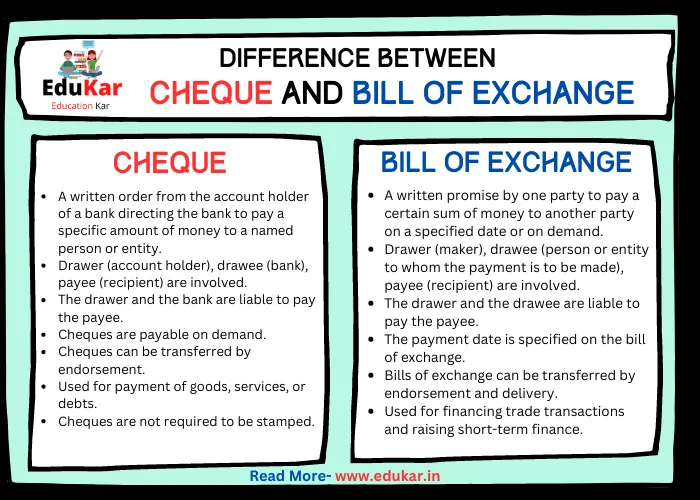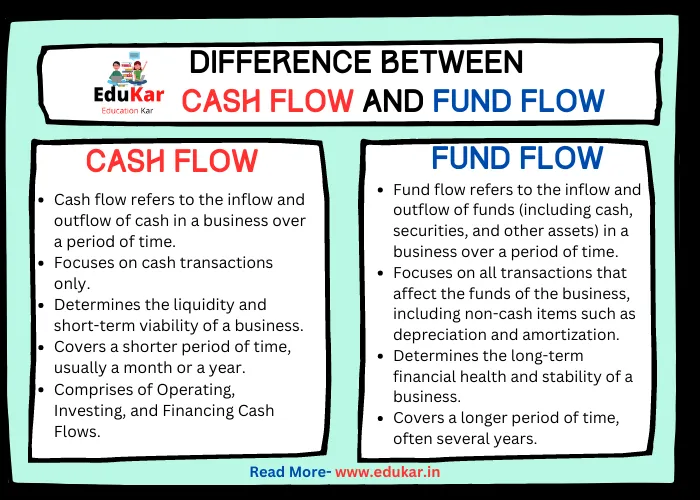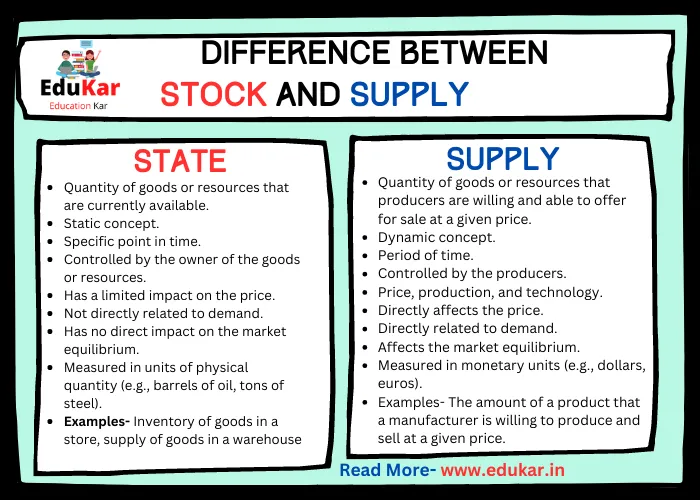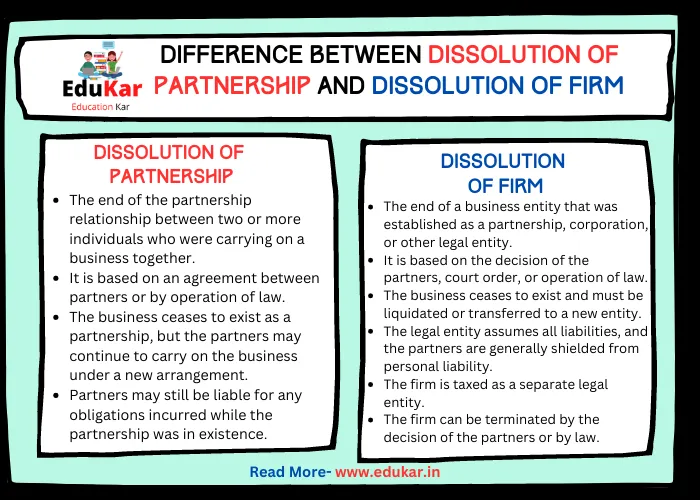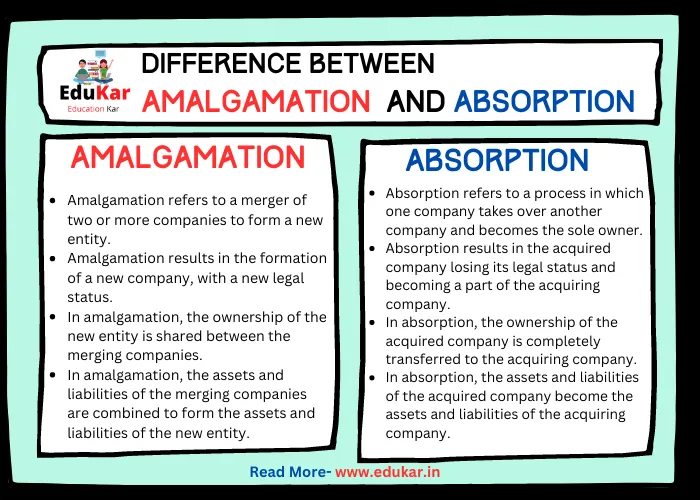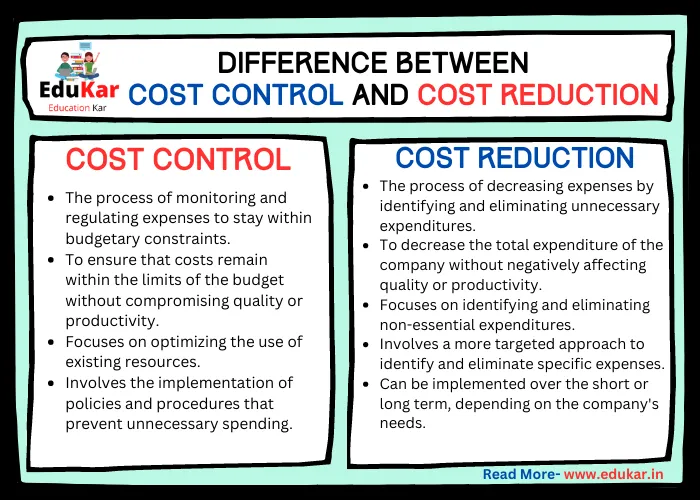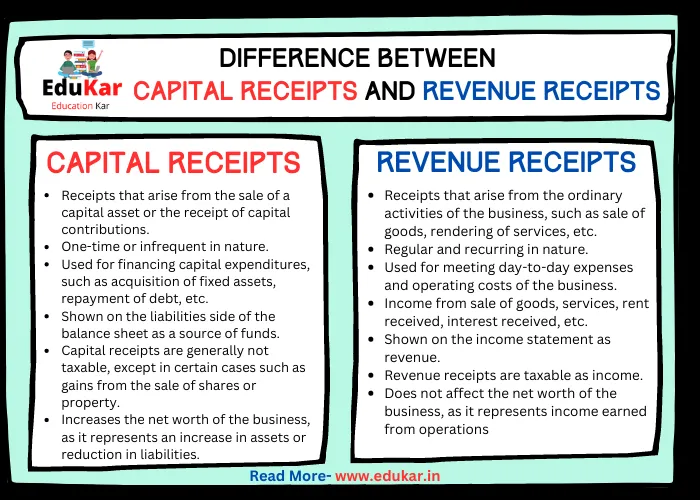Contents
- 1 Introduction
- 2 Sale
- 3 Agreement to Sell
- 4 Differences between Sale and Agreement to Sell
- 5 Conclusion
- 6 FAQs related to Sale and Agreement to Sell for Exams
- 6.1 What is a Sale?
- 6.2 What is an Agreement to Sell?
- 6.3 What is the main difference between Sale and Agreement to Sell?
- 6.4 What are the legal implications of Sale and Agreement to Sell?
- 6.5 When should I use a Sale versus an Agreement to Sell?
- 6.6 What are some common examples of Sale and Agreement to Sell?
Learn the key differences between Sale and Agreement to Sell, two types of transactions in the sale of goods. This comprehensive guide covers the definitions, legal implications, and practical implications of each type of contract, helping you make informed decisions when buying or selling goods.

Introduction
The terms Sale and Agreement to Sell are often used interchangeably in common parlance, but in legal terms, they refer to two distinct types of transactions. It is important to understand the differences between the two, as they have different legal consequences and obligations for the parties involved. In this blog post, we will explore the differences between Sale and Agreement to Sell, including their definitions, features, types, and the rights and obligations of the parties involved.
Sale
A Sale is a contract where the ownership of goods is transferred from the seller to the buyer for a price. In other words, the seller is obliged to transfer the ownership of the goods to the buyer in exchange for a consideration, which is usually money. The sale of goods can be either absolute or conditional.
Features of a Sale
There are four essential features of a Sale:
- Transfer of ownership: In a Sale, ownership of the goods is transferred from the seller to the buyer. The buyer becomes the owner of the goods once the sale is complete.
- Price: A Sale requires a price to be paid by the buyer to the seller in exchange for the goods.
- Delivery of goods: The seller must deliver the goods to the buyer.
- Consideration: There must be consideration for the Sale, which is usually in the form of money.
Types of Sales
There are two types of Sales:
- Conditional Sale: In a conditional Sale, ownership of the goods is transferred to the buyer on the condition that certain events occur. For example, the seller may agree to transfer ownership of a car to the buyer on the condition that the buyer pays the entire price within a certain period of time.
- Absolute Sale: In an absolute Sale, ownership of the goods is transferred to the buyer immediately upon completion of the Sale. There are no conditions attached to the transfer of ownership.
Agreement to Sell
An Agreement to Sell is a contract where the seller promises to transfer the ownership of goods to the buyer at a future date, subject to certain conditions. In an Agreement to Sell, the seller is not obliged to transfer ownership of the goods until the conditions of the agreement have been fulfilled.
Features of an Agreement to Sell
There are five essential features of an Agreement to Sell:
- Promise to transfer ownership: The seller promises to transfer ownership of the goods to the buyer at a future date.
- Future transfer of ownership: The transfer of ownership is not immediate, but will occur at a future date.
- Price: An Agreement to Sell requires a price to be paid by the buyer to the seller in exchange for the promise to transfer ownership of the goods.
- Delivery of goods: The seller is not obliged to deliver the goods until the conditions of the agreement have been fulfilled.
- Consideration: There must be consideration for the Agreement to Sell, which is usually in the form of money.
Differences between Sale and Agreement to Sell
| Sale | Agreement to Sell | |
|---|---|---|
| Definition | A contract where ownership of goods is transferred from the seller to the buyer for a price | A contract where the seller promises to transfer ownership of goods to the buyer in future, subject to certain conditions, in exchange for a price. |
| Transfer of Ownership | Immediate | Future |
| Nature of Contract | Executed | Executory |
| Risk of Loss | On buyer after delivery | On seller until delivery |
| Breach of Contract | Buyer can sue for damages and seek specific performance | Buyer can sue for damages only |
| Delivery | Must be made before or at the time of the sale | Can be made at a later date, subject to conditions in the contract |
| Title to Goods | Transferred to the buyer | Promised to be transferred to the buyer |
| Warranty | Automatically provided under the Sale of Goods Act | Must be expressly given in the contract |
| Time of Payment | Generally made at the time of sale | Can be deferred, subject to conditions in the contract |
| Legal Status | Complete transfer of property takes place | No transfer of property takes place until the conditions are fulfilled |
| Taxes | Sales tax applicable | No sales tax applicable until transfer of ownership |
| Right to Resell | Buyer has the right to resell the goods | Buyer cannot resell the goods until ownership is transferred |
| Right to Sue | Buyer and seller can sue each other | Buyer can sue the seller |
| Goods | Goods must be in existence and be identifiable | Goods may be existing or future goods |
| Termination | Cannot be terminated except by mutual consent or by law | Can be terminated by either party before ownership is transferred |
Conclusion
Sale and Agreement to Sell are two distinct types of transactions, and it is important to understand the differences between the two. A Sale is a contract where ownership of goods is transferred from the seller to the buyer immediately upon completion of the Sale, while an Agreement to Sell is a contract where the seller promises to transfer ownership of goods to the buyer at a future date, subject to certain conditions. The parties in a Sale and an Agreement to Sell have different rights and obligations, and the remedies available to them in case of breach of contract also differ. Understanding the differences between Sale and Agreement to Sell can help you make informed decisions when buying or selling goods.
What is a Sale?
A Sale is a contract where ownership of goods is transferred from the seller to the buyer immediately upon completion of the Sale.
What is an Agreement to Sell?
An Agreement to Sell is a contract where the seller promises to transfer ownership of goods to the buyer at a future date, subject to certain conditions.
What is the main difference between Sale and Agreement to Sell?
The main difference between Sale and Agreement to Sell is that in a Sale, ownership of the goods is transferred from the seller to the buyer immediately upon completion of the Sale, while in an Agreement to Sell, ownership is transferred only at a future date.
What are the legal implications of Sale and Agreement to Sell?
The legal implications of Sale and Agreement to Sell differ, with different rights and obligations for the parties involved, as well as different remedies available in case of breach of contract.
When should I use a Sale versus an Agreement to Sell?
The choice between a Sale and an Agreement to Sell depends on the specific circumstances of the transaction, such as the timing of the transfer of ownership, the conditions of the contract, and the risk of loss. It is important to consult with legal professionals to determine which type of contract is appropriate for your situation.
What are some common examples of Sale and Agreement to Sell?
A common example of Sale is the purchase of a product from a store, where ownership of the product is transferred to the buyer immediately upon payment. A common example of Agreement to Sell is the purchase of a house, where ownership of the property is transferred to the buyer at a future date, subject to certain conditions such as mortgage approval and completion of inspections.

